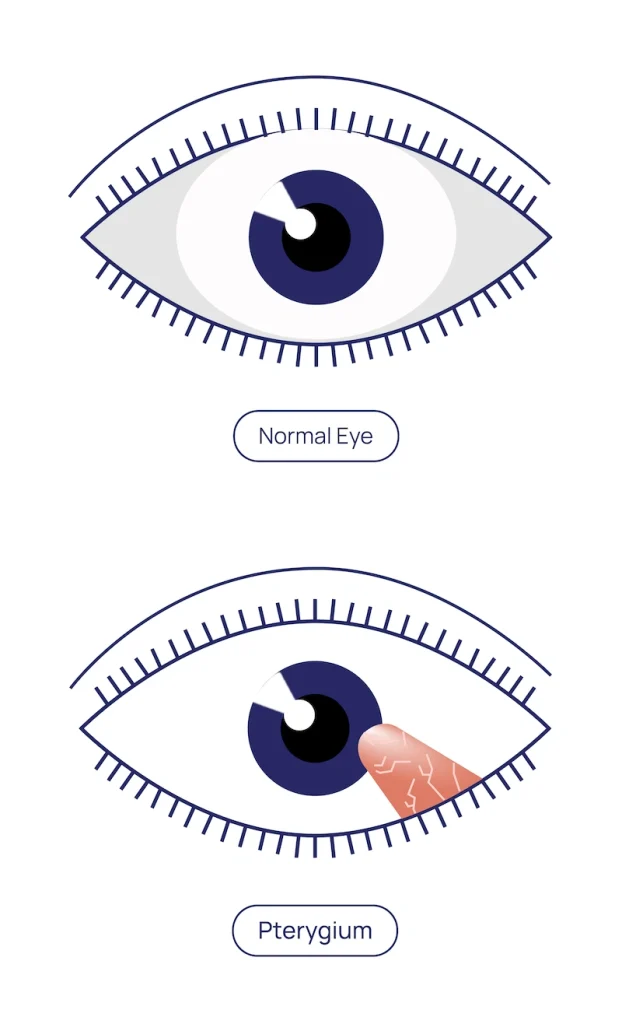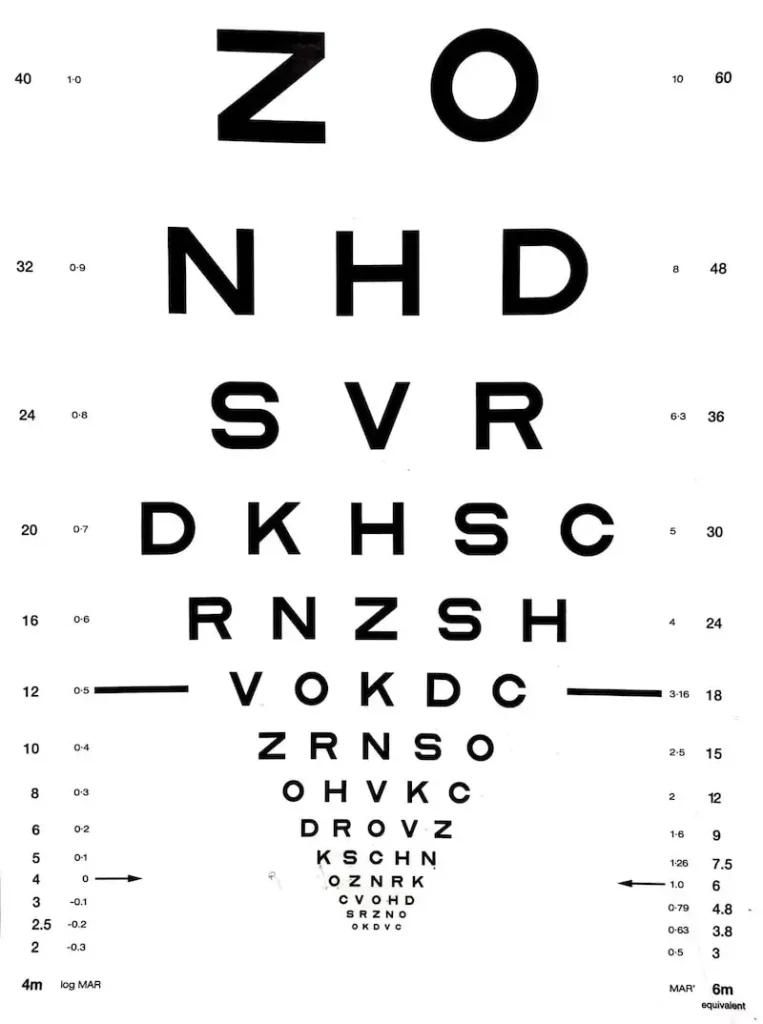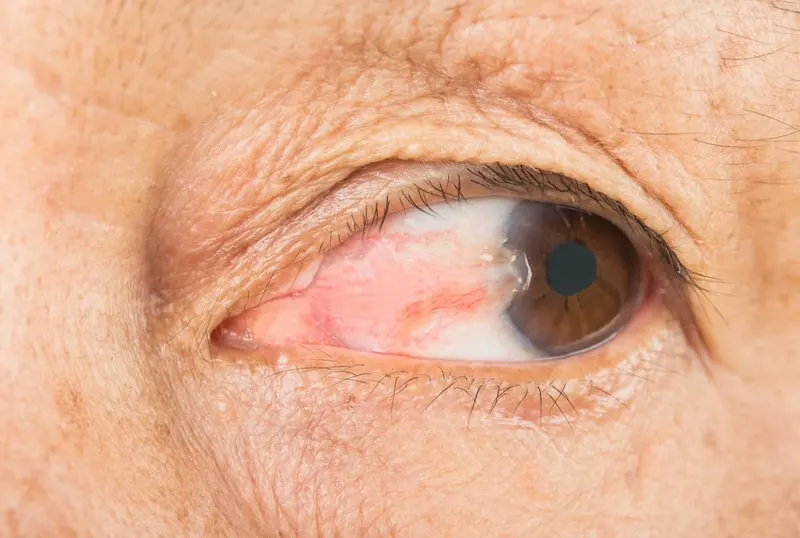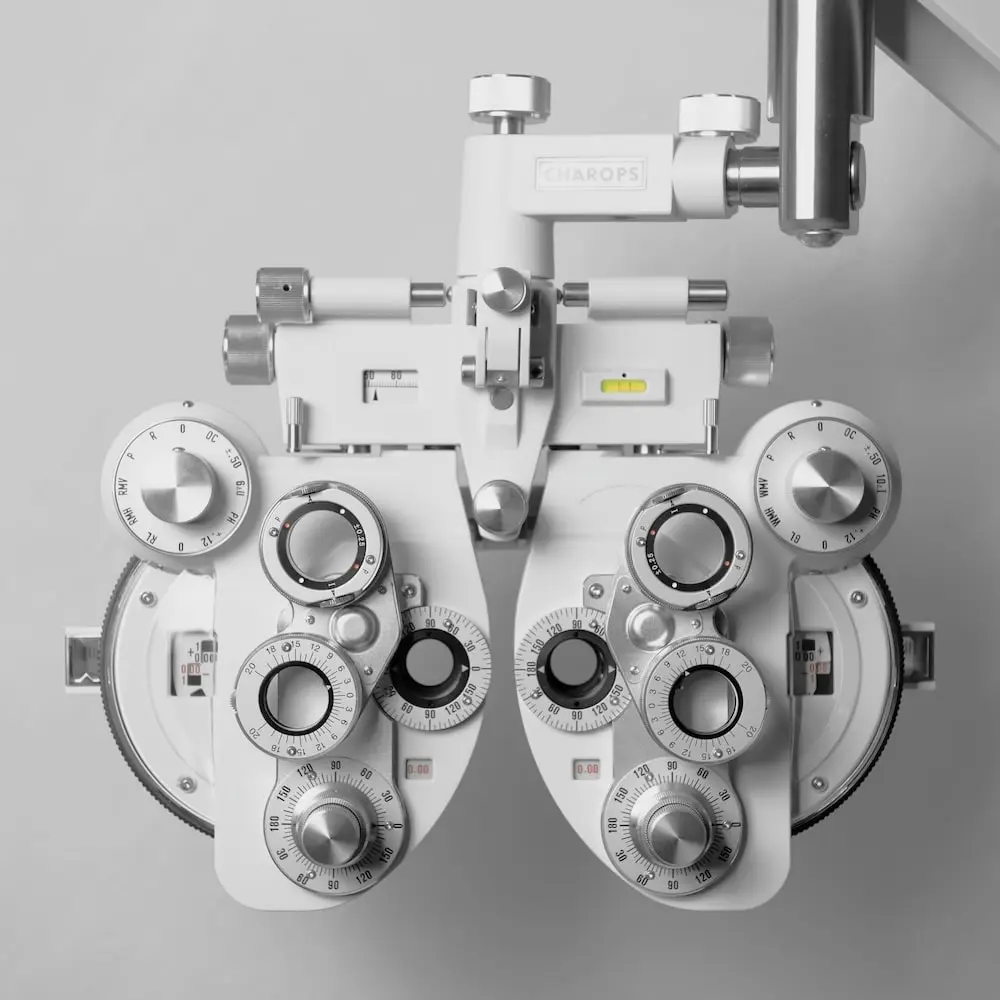
Pterygium Procedure
Pterygium surgery is a procedure used to remove abnormal growths on the cornea, known as pterygia. These fleshy growths can interfere with vision and cause discomfort.
We perform the pterygium procedure to effectively remove abnormal growths from the eye, while minimizing the risk of recurrence. Additionally, our advanced techniques promote faster healing, improving both the appearance and functionality of the eyes.
What You Need to Know
Dr. Carlos Montoya MD has performed thousands of pterygium surgeries and specializes in using grafting techniques to significantly reduce the chances of recurrence.
At St. Lucia Eye Center, We Are Dedicated to Delivering Exceptional Care with Proven Results
Benefits
- Effective removal of pterygium growths
- Reduces the risk of recurrence
- Promotes faster healing using grafting techniques
- Improves vision if pterygium interferes with eyesight
- Minimal downtime and quick recovery

What is Pterygium?
A pterygium is a fleshy growth that extends onto the cornea, the transparent tissue covering the iris. This occurs when the membrane that covers the white of the eye abnormally grows into the cornea. Pterygium growths can vary in size and may interfere with vision.
Symptoms
- A visible fleshy growth on the eye, typically in the corner
- Irritation, redness, and dryness
- Blurred vision or a feeling of something in the eye
- In severe cases, growth may impair vision or cause astigmatism
Pterygium growth can cause discomfort and irritation, which, in turn, makes it difficult for patients to wear contact lenses or engage in outdoor activities. As a result, patients may experience a reduced quality of life.
Symptoms
- A visible fleshy growth on the eye, typically in the corner
- Irritation, redness, and dryness
- Blurred vision or a feeling of something in the eye
- In severe cases, growth may impair vision or cause astigmatism
Pterygium growth can cause discomfort and irritation, which, in turn, makes it difficult for patients to wear contact lenses or engage in outdoor activities. As a result, patients may experience a reduced quality of life.
Causes of Pterygium
Significant time outdoors
Significant time spent outdoors, especially in sunny or dusty conditions, increases the likelihood of pterygium development.
Prolonged exposure to UV rays
UV radiation from the sun is a major contributor to the development of pterygium, particularly in areas with high levels of sunlight.
Chronic Eye Irritation
Exposure to dry, windy, or dusty environments can continuously irritate the eye, potentially leading to the formation of pterygium.
Gender
Pterygium is more common in men, possibly due to higher exposure to outdoor elements.
Genetics
A family history of pterygium can increase the likelihood of developing the condition.
Age
Older individuals are at a higher risk due to the cumulative UV exposure they have accumulated over a lifetime.

We Believe That Everyone Deserves to Enjoy Life With Clear Vision
If you have pterygium or experience symptoms such as eye irritation, redness, or vision impairment, Dr. Montoya can help. Schedule a consultation today to learn how pterygium surgery can restore your eye health and significantly improve your quality of life.
How is Pterygium Diagnosed?
Dr. Carlos Montoya MD employs an advanced and highly effective technique for pterygium removal. This method involves using a graft from the patient’s own eye, which promotes faster healing and significantly reduces the risk of pterygium recurrence.
Physical Examination
Your doctor will conduct a thorough eye exam to assess the size, location, and impact of the pterygium on your vision.
Visual Acuity Test
The visual acuity test checks whether the pterygium is impairing vision and how it affects daily activities.
Slit Lamp Examination
The doctor uses a slit lamp to examine the eye, evaluating the pterygium's growth, shape, and its impact on the cornea.
Diagnosis involves a physical exam, visual acuity test, and slit lamp examination. Dr. Montoya will determine the most appropriate course of treatment based on the severity of the pterygium and its effects on vision.


How is Pterygium Treated?
Dr. Carlos Montoya MD employs an advanced and highly effective technique for pterygium removal. This method involves using a graft from the patient’s own eye, which promotes faster healing and significantly reduces the risk of pterygium recurrence.
Lubricating Eye Drops (Mild Cases)
Artificial tears can help reduce dryness and irritation in mild cases.
Anti-Inflammatory Eye Drops (Mild Cases)
Steroid or NSAID drops can reduce redness and swelling in patients with mild cases.
Mitomycin C (MMC) Application
In some cases, Dr. Montoya will use Mitomycin C during surgery to prevent regrowth.

When Do You Need a Pterygium Procedure?
When a pterygium becomes large enough to threaten eyesight, continues to grow, or becomes cosmetically unappealing, surgical removal may be necessary.
Are you a Candidate?
- Those with pterygium that affects vision or causes discomfort
- Individuals with noticeable growth of the pterygium that interferes with daily activities
- People with chronic eye irritation from environmental factors
- Patients in good health with realistic expectations for recovery
Timing
The procedure itself is quick, lasting approximately 15 minutes, and is performed under local anesthesia for patient comfort.
Driving Requirements
Patients undergoing treatment at St. Lucia Eye Center should arrange for a driver, as they will not be able to drive themselves following the procedure.
Scheduling
Protective measures such as wearing sunglasses and using lubricating eye drops can further help reduce the risk of recurrence after surgery.
Advanced techniques and exceptional care
Why Choose Pterygium Surgery at St. Lucia Eye Center?
At St. Lucia Eye Center, we specialize in using advanced grafting techniques to ensure a successful procedure with reduced risk of recurrence. Our experienced team provides personalized care to help restore both the appearance and function of the eyes.
Minimally Invasive
The procedure is minimally invasive with a quick recovery time, ensuring minimal disruption to your daily activities.
Reduced Recurrence Rates
By using grafting techniques, the risk of pterygium returning is significantly reduced.
Short Recovery Time
Patients can typically return to normal activities within a few days, with complete healing taking several weeks.